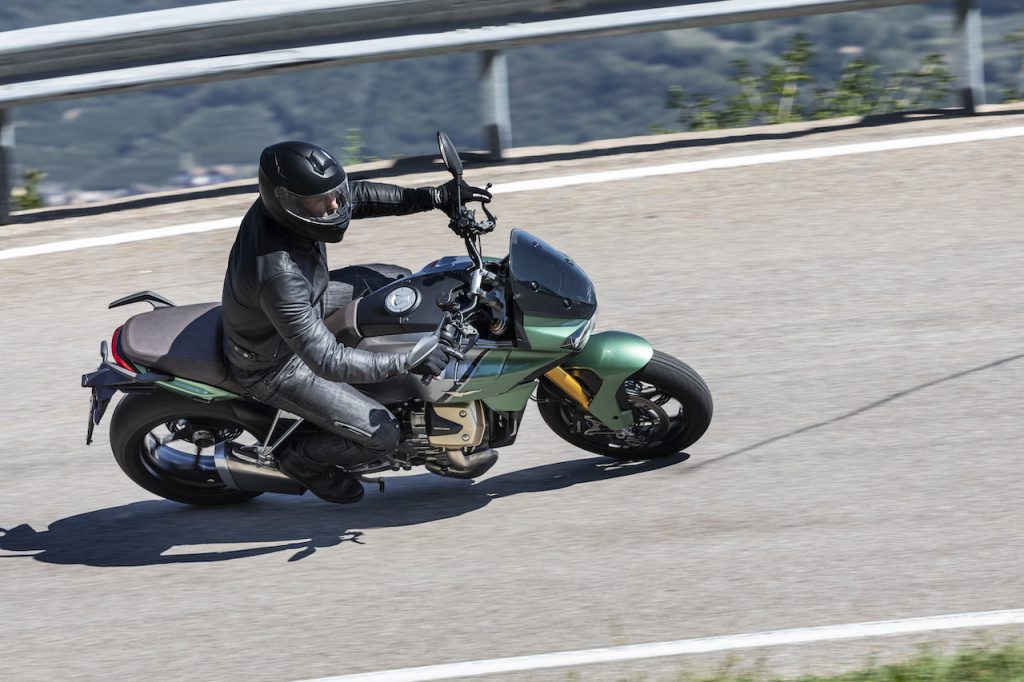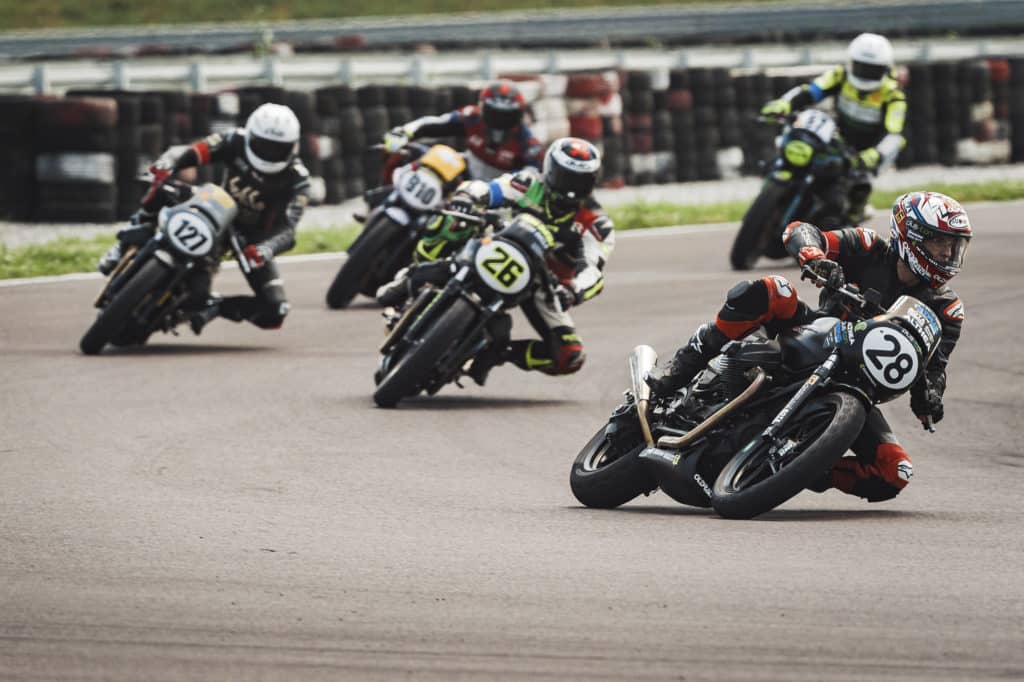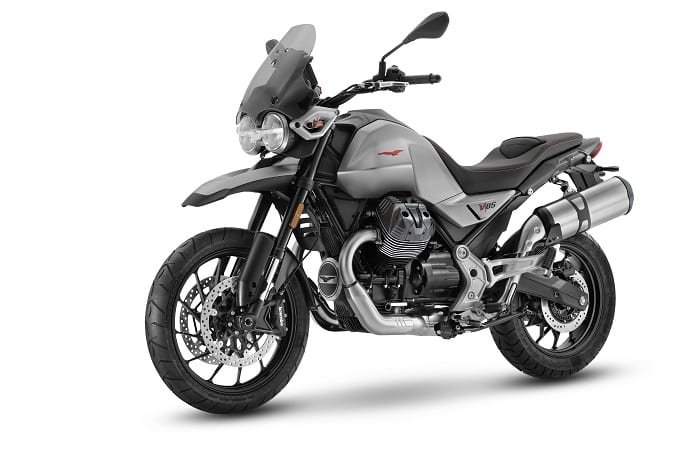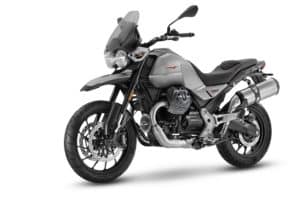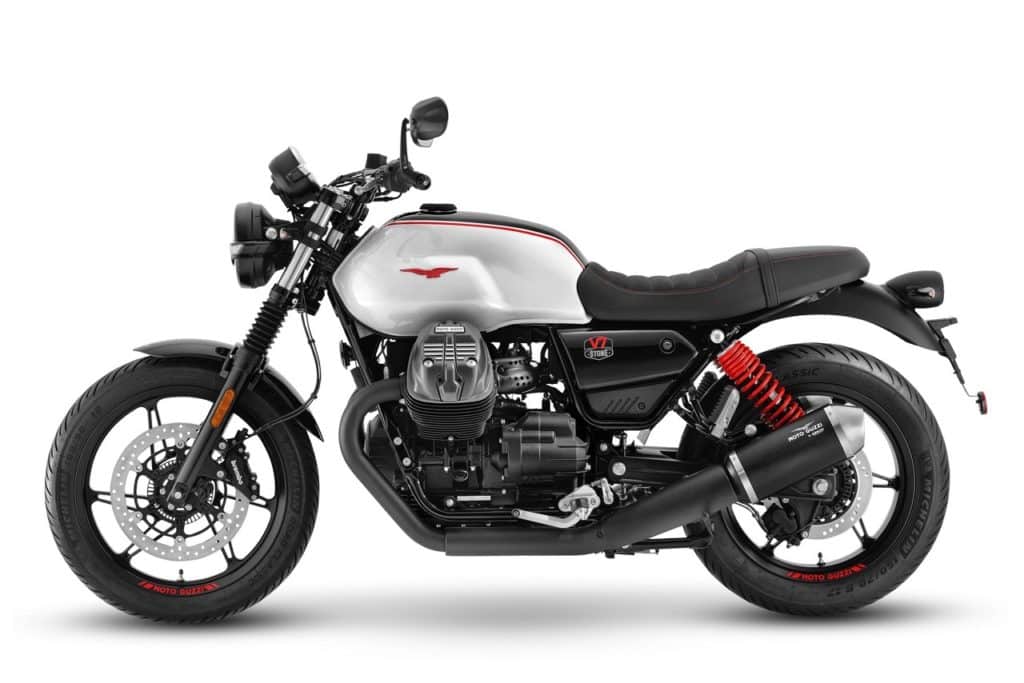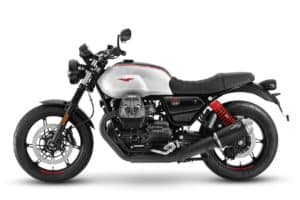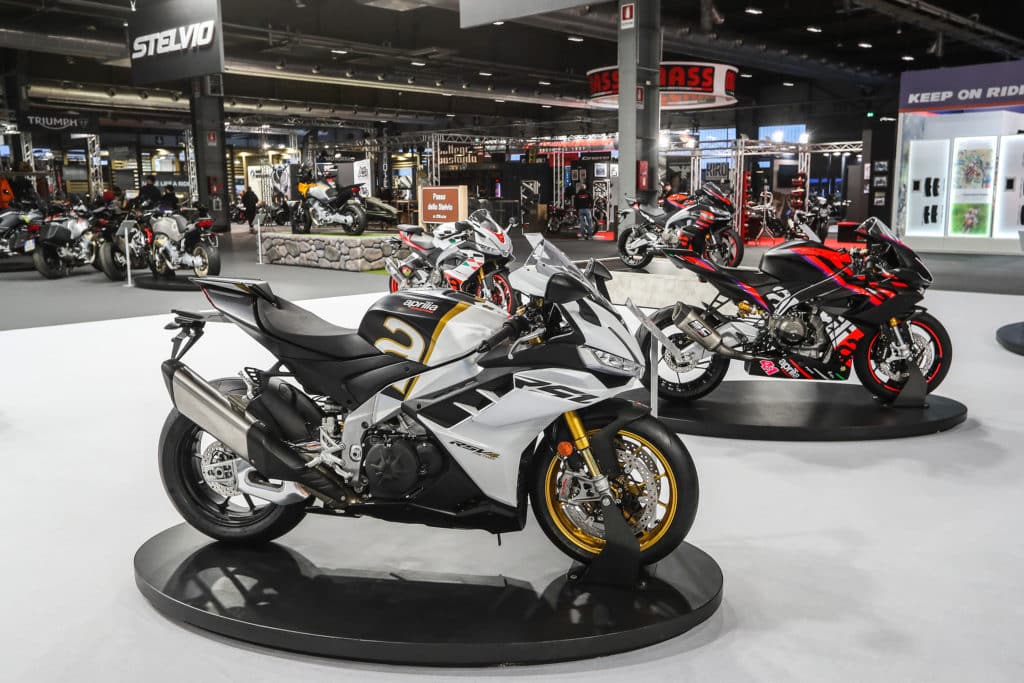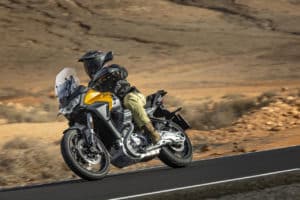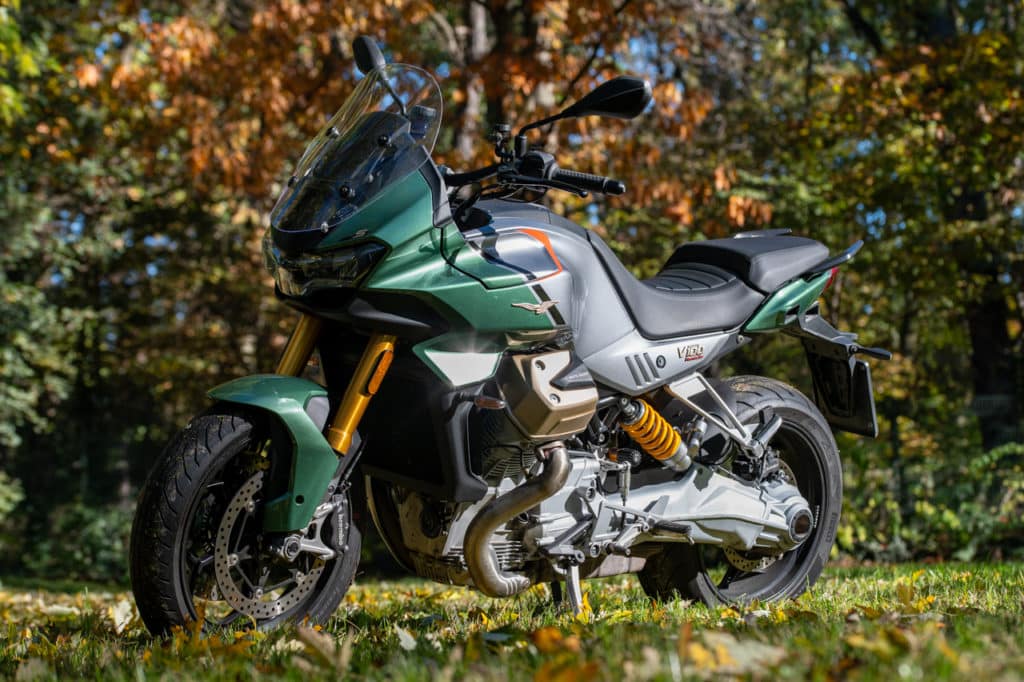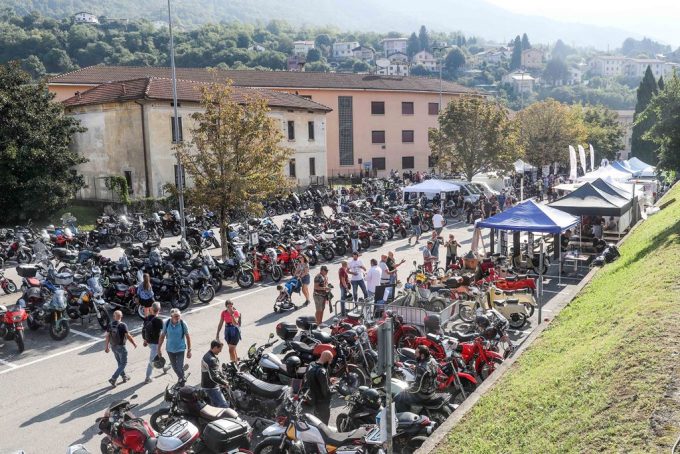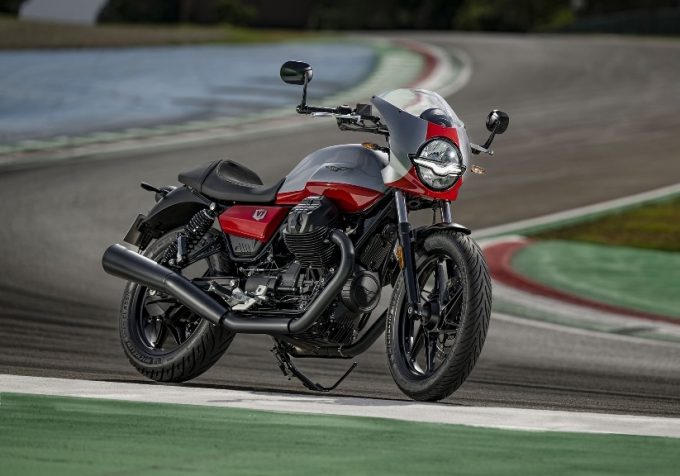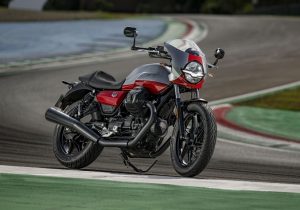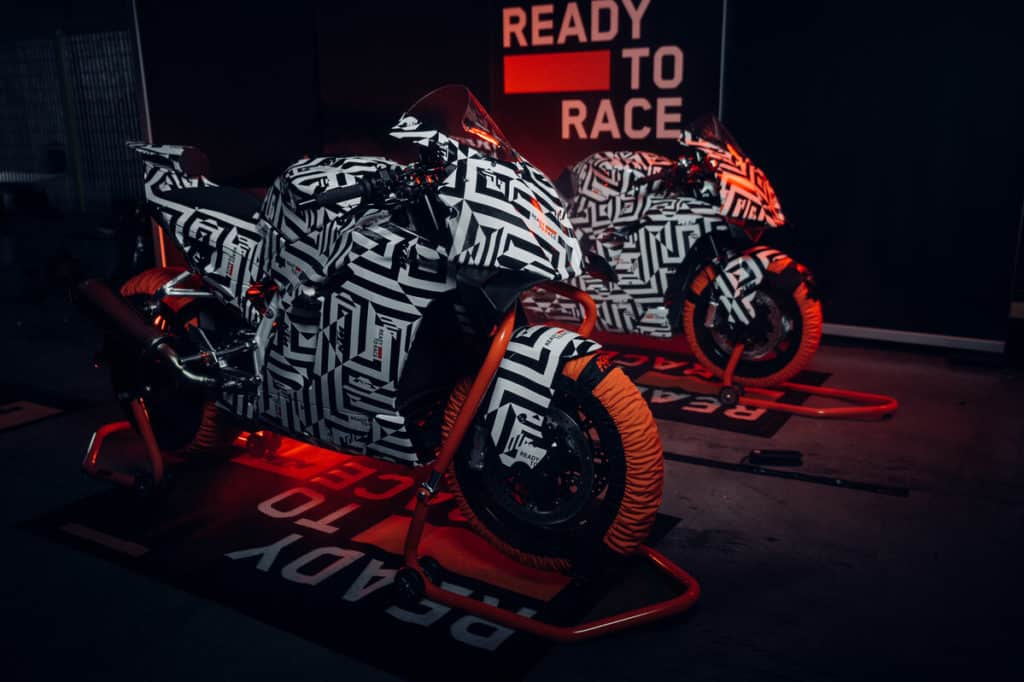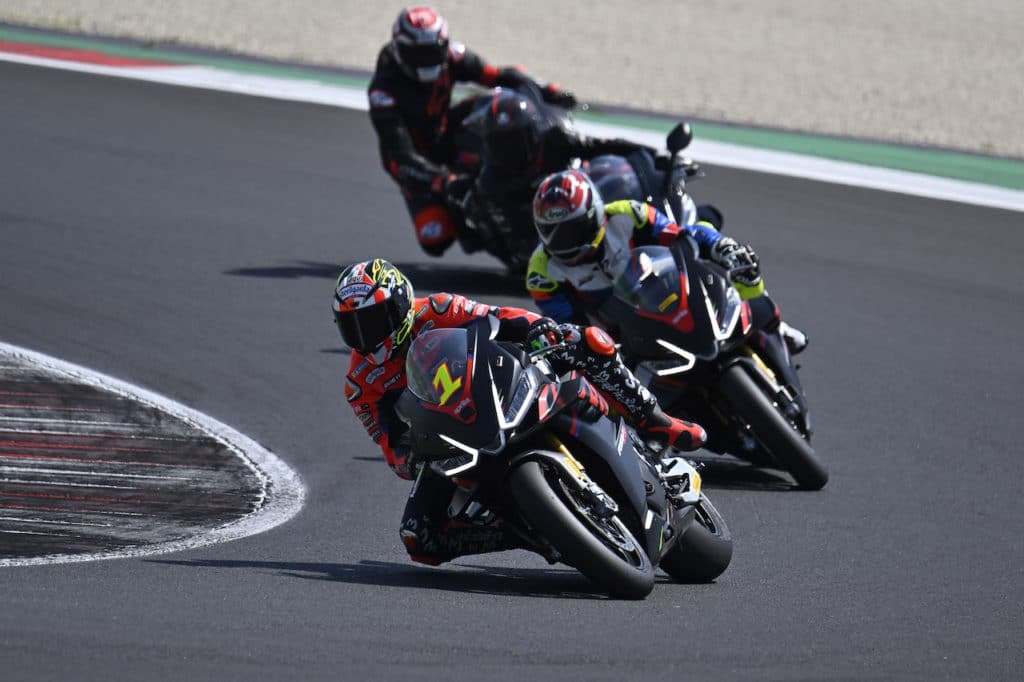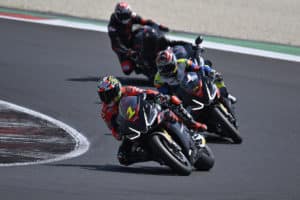Moto Guzzi V100 Mandello: the new innovation manifesto of the Mandello del Lario brand [PHOTO]
Also available in the S version
One hundred is the reference number of the new one Moto Guzzi V100 Mandello. An example that depicts a conceptual evolution for the historic Italian brand at the completion of its hundred years of history, at the beginning of a new path projected towards another hundred years of development and in the creation of a new heart that serves as the basis for other projects .
A recognizable, evocative and technological style
The new model, which falls within the sport-touring segment, is characterized by small dimensions and typical connotative aspects of roadster. There are refined technological solutions such as adaptive aerodynamics for the benefit of protection, comfort and dynamic character.
It is recognizable by its design, a homogeneous dose of elegance and sporty determination, made to remain at the forefront over time. The engine remains the central fulcrum of the project and equally peculiar are the sinuous shape of the tank and that of the under-seat side panels, with slits that recall the historic Le Mans 850 from 1976. Instead the windshield represents a reminder of the equally iconic one Le Mans 850 III of 1981.
The designers of the Moto Guzzi Style Center worked on the dimensions in order to make them compact and enveloping for the different technological solutions, always keeping in mind the comfort for the rider and passenger. The LED headlight unit with DRL is also distinctive and features a stylized representation of the brand symbol, as is the design of the exposed liquid-cooled engine, which contributes to making the model's appearance unique. Also interesting is the stylistic choice for the rear light clusters, which recall the afterburners of aeronautical engines. A choice similar to the one made with the Moto Guzzi V85 TT.
The aesthetics is also enhanced by the finishes and the arrangement of the various elements, for example the discreet placement of the radiator and that of the connecting pipes, in addition to the care taken on the electrical system.
Based on the two versions envisaged, there are different colors and graphics combined, as well as the associated contents. Model Moto Guzzi V100 Mandello it already features extensive standard equipment including a full LED lighting system with DRL, various electronic systems including adaptive aerodynamics and mechanically adjustable Kayaba suspensions. A color is combined with this Polar White with golden and opaque rims or alternatively a colour Rosso magma with the same circles.
La Moto Guzzi V100 Mandello S, however, is equipped with even higher technological equipment and systems. There are three solutions listed: heated grips, the TPMS tire pressure indicator, the Öhlins Smart EC 2.0 semi-active suspension, a quick shift system and the Moto Guzzi MIA connectivity solution. The bike can be upholstered in Green 2121 with the combination of green and gray colors used on the legendary Otto Cilindri; or in Avant-garde Grey which highlights more of a sporting character. For both colors there are rims painted in matt black.
The range of matching accessories is varied, opting between solutions for transport or to accentuate the qualities of comfort and functionality.
In addition to the two standard versions, the exclusivity is also remembered Moto Guzzi V100 Mandello Naval Aviation, produced in a limited and numbered series of 1913 units with a dedicated livery reminiscent of that of the F-35B fighters supplied to the Navy and a laser engraving of the serial number on the handlebar riser. The equipment also includes heated grips and a TPMS tire pressure sensor, therefore each bike comes with a commemorative plaque and a dedicated motorcycle cover.
Technological solutions
Together with the full LED headlights with DRL, the systems also include "bending lights", a pair of additional headlights in the reflectors that illuminate the inside of the curve to support visibility when leaning. Useful solutions also include a USB socket in the storage compartment under the passenger seat and cruise control. The five-inch color TFT instrumentation displays various types of information and, via the Moto Guzzi MIA platform mentioned previously, it is possible to connect the mobile device to the instrumentation via Bluetooth, expanding its functionality.
Among the most important innovations, for the first time in the world on a motorbike, stands out a adaptive aerodynamics system which automatically adjusts the position of the deflectors located on the sides of the tank, based on the speed and choice of Riding Mode. There are four in total, with the option to choose between Tourism, Rain, Street e Sport; each of which manages three different engine maps, four levels of traction control, two levels of engine braking, the opening of the side deflectors and, in the case of the V100 Mandello S example, also the calibration of the Öhlins Smart EC 2.0 semi-active suspensions.
The electrically operated windshield and open deflectors reduce air pressure on the rider by 22%, bringing the bike closer to the protection offered on the bulkier tourers, as suggested. A goal achieved with hundreds of hours spent on simulations with CFD (Computational Fluid Dynamics) calculation software and sessions in the wind tunnel, together with road tuning.
The opening threshold of the side deflectors can be managed by the driver even at a speed other than the expected 70 km/h, within a range that ranges between 30 and 95 km/h. Automatic closing occurs when the speed decreases by 20 km/h below the opening threshold, avoiding for example continuous opening and closing in traffic.
Protection from the air is also determined by the electrically adjustable fairing, via a convenient button on the left electric block, raising it with a maximum excursion of 90 millimetres. Operation is independent of Riding Modes, to give everyone the opportunity to adjust it based on their height and needs.
Inside the electronic equipment there is also an electronic accelerator Ride by wire, an evolved one Marelli 11MP control unit and six-axis inertial platform. Through accelerometers and gyroscopes contained within it, the latter can recognize the condition of the motorbike in relation to the road, evaluate the inputs deriving from express driving and send the values to the control unit which operates best on the control parameters. The six-axis platform allows you to make the most of the Cornering ABS, developed in collaboration with Continental. The system can optimize braking and ABS intervention when cornering through a specific algorithm, considering various parameters.
Technical part
Optimal weight distribution and lowering of the masses are crucial factors for dynamic and lively driving, given the V-twin architecture of the engine and a fuel tank of 17 liters, which continues under the saddle. Highlighted, from a technical point of view, is also the layout of the steel tube frame which includes the engine as a load-bearing element. The inclination of the steering head is 24,7°, given that together with the wheelbase of 1.475 millimeters supports agility and sporty character on mixed routes.
Speaking of comfort, then, attention is focused on a saddle placed alone 815 mm of height which favors an active and relaxed riding position, also considering a single aluminum handlebar with variable section, suitable for the needs of controlling the vehicle and for designing a raised and more relaxed riding position when traveling for long periods. For the passenger there is a large, padded portion of the saddle with grab handles. Also interesting is the suitcase retention system, among the dedicated accessories, which does not provide any further support. To secure the suitcases it is necessary to lift the passenger seat and position the hooks in the designated locations.
Moving on to the suspension part and the braking system, the Moto Guzzi V100 Mandello is equipped with an adjustable Kayaba front fork with 41 mm, as well as the shock absorber from the same manufacturer, which can be managed in hydraulic extension and spring preload via a manual control. The inclined positioning was designed and developed to facilitate progressive intervention and sensitivity in the absorption of road imperfections. Instead, the Moto Guzzi V100 Mandello S example is equipped with a more advanced Öhlins Smart EC 2.0 semi-active suspension system which can interpret and adapt the bike's set-up based on the characteristics of the asphalt. The control unit that manages the Öhlins Smart EC 2.0 suspensions has access to the various electronic systems. The system operates by constantly regulating the calibration of the suspension hydraulics, in order to obtain the best possible set-up in different conditions, according to the information.
The specific technology of the system allows for the calibration of the fork and shock absorber with two intervention modes, opting between a semi-active type and a manual one, both selectable via the buttons on the handlebar. Two maps appear that manage the suspensions differently and consider the semi-active Comfort and Dynamic contribution. In the first case for high comfort along routes or on daily journeys; in the second for a more lively type of driving, but always in a controlled manner, for enthusiasts who love navigating paths full of curves.
In manual mode, the two maps offer the same number of predefined settings, without semi-active assistance, as in the case of conventional multi-adjustable suspensions. In the semi-active and manual modes, however, the motorcyclist is given the possibility of customizing the suspension calibration based on needs and riding style, within each of the aforementioned two logics. L'OBTi interface (Objective Based Tuning Interface) on the color TFT instrumentation of the Moto Guzzi V100 Mandello S favors operations based on the rider's objectives, for example greater support during acceleration by choosing greater support from the TTX shock absorber in progression or greater support in braking with a more manageable NIX fork sinking. There also remains the possibility of manually managing the spring preload of the shock absorber and fork.
The Brembo braking system includes a pair of floating steel discs up front 320 mm which are combined with radial attachment calipers. Just as they are radial, the master cylinder on the handlebars is also that of the clutch, in any case with levers that are adjustable in distance from the handlebars. Behind is a disc 280 mm flanked by a double-piston caliper. Versions of the model are equipped with Pirelli Angel GT II tires shod on rims 17 inches.
Motor
A new defined engine also makes its debut with the new Moto Guzzi V100 Mandello “compact blocks”, a twin-cylinder engine with innovative features but with a clear reference to the brand's motoring tradition: a Transversal V of 90°. It is a heart with liquid cooling and double overhead camshaft distribution with finger rockers, managed by a chain and four valves per cylinder. The displacement reaches i 1.042 cc and the bore per stroke values are 96 x 72 mm. It features a new crankcase with wet sump lubrication and the crank chamber is separated from the oil sump by a reed valve. There is also a counter-rotating shaft, not to balance the first order forces given the 90° architecture, but functional to attenuate the overturning torque for the benefit of driveability. The external casings are the protagonists in the structural part, as indicated, counting six fixing points. The driver's footrests are also fixed to the crankcases with the interposition of some rubber pads.
In summary, it is a compact engine with heads rotated 90 degrees, it is 103 mm shorter than the small block of the V85 TT model and lighter than the 1200 8V, the last four valve made by Moto Guzzi, as mentioned. A result achieved with a new multi-disc wet clutch equipped with hydraulic control and anti-hopping system.
The engine is associated with a six-speed gearbox with patented technology of the first two ratios with reduced clearance, already used on the V85 TT. In light of the prompt response linked to the low inertia and the notable speed in shifting, it was possible to introduce for the first time the quick shift. It should also be underlined that the cardan shaft final transmission rests on an aluminum single-sided arm, now located on the left side. The lower output of the transmission shaft and the high longitudinal trend of the swingarm allow the lifting effect to be limited at the first opening of the throttle without the use of reaction rods on the swingarm for a smooth guide when moving forward and in release, as in the case of a chain final transmission, with the advantages of the cardan.
The power vertex reaches i 115 horses at 8.700 rpm and that of torque 105 Nm at 6.750 rpm, 82% available already from 3.500 rpm and the limiter placed at 9.500 rpm.
Photo: Moto Guzzi – Piaggio Group
if you want to always be updated on our news
Follow us here

